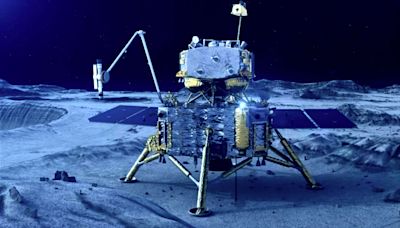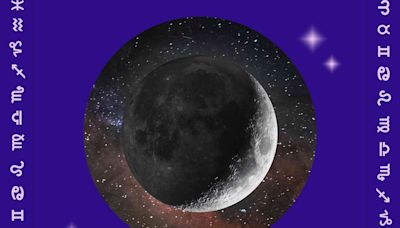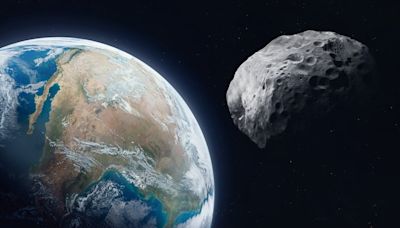Search results
The Earth and the Moon form the Earth-Moon satellite system with a shared center of mass, or barycenter. This barycenter is 1,700 km (1,100 mi) (about a quarter of Earth's radius) beneath the Earth's surface. The Moon's orbit is slightly elliptical, with an orbital eccentricity of 0.055. [1]
Learn about Earth's Moon, its origin, phases, weather, and more from NASA. Discover how the Moon affects our planet and solar system, and explore its history and future missions.
Explore the moon's surface with Google Moon's interactive maps and detailed imagery.
3 days ago · China’s Chang’e-6 lunar module returned to Earth Tuesday, successfully completing its historic mission to collect the first ever samples from the far side of the moon in a major step forward ...
Jul 26, 2018 · What is the moon made of, and how did it form? Learn about the moon's violent origins, how its phases shaped the earliest calendars, and how humans first exp...
- 3 min
- 5.3M
- National Geographic
Learn about the Moon's origin, structure, surface, orbit, phases, and potential for life. Find out how the Moon affects Earth's climate, tides, and exploration.
3 days ago · Moon, Earth’s sole natural satellite and nearest celestial body. Known since prehistoric times, it is the brightest object in the sky after the Sun. Its name in English, like that of Earth, is of Germanic and Old English derivation.
- James D. Burke





